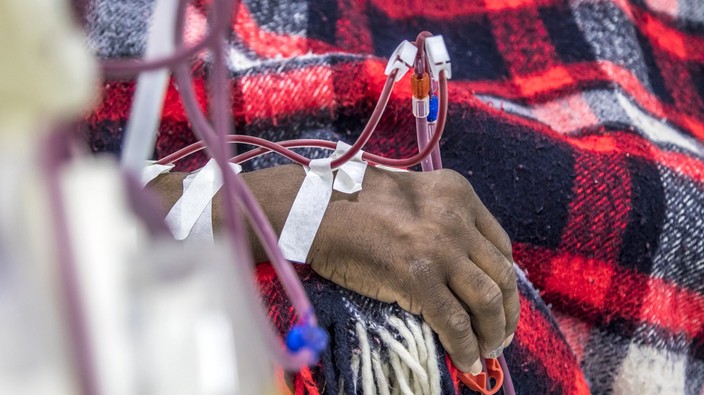new pm announces energy bill freeze
with energy bills expected to jump about 80 per cent in october to £3,549 a year for the average u.k. household, with additional increases coming in 2023, the average annual bill could climb to £6,000 in april, says yahoo! news. meanwhile,
according to the guardian, britain’s new prime minister liz truss is expected to announce a freeze on household energy bills at roughly £2,500 per year to protect people from rising costs. the freeze is expected to last through this winter and next, with changes pushed through ahead of october when the price cap is scheduled to increase.
and while some may argue that any help to mitigate the rising costs of living is important, kidney research uk is pushing back at stopgap measures.
“no one should have to choose between food, heat or their essential treatment and the current offering of additional financial support will only delay the impact of the crisis rather than fix a looming disaster,” sandra currie, chief executive of kidney research uk, said.
one in 10 canadians has kidney disease
 3 minute read
3 minute read








